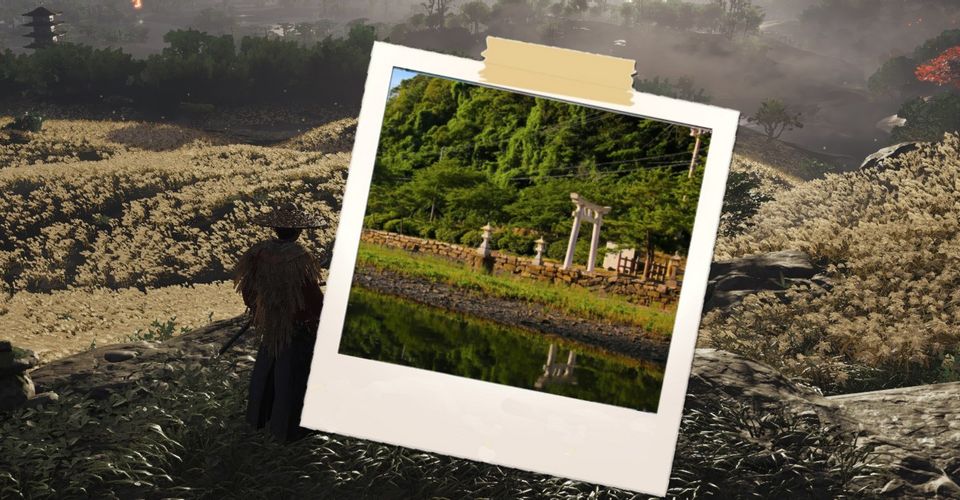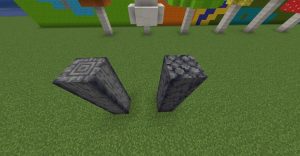How Ghost Of Tsushima’s Island Looks In Real Life

Sucker Punch’s Ghost of Tsushima may follow a fictional storyline, but its setting is based on the very real island of Tsushima. The game’s location is truly stunning, and discovering new, tantalizing locations is part of the open world environment’s charm. But this begs the question: How does Ghost of Tsushima’s portrayal compare to the real-life island of Tsushima?
Set in thirteenth-century feudal Japan, Ghost of Tsushima’s plot follows the adventures of Jin Sakai, one of the last remaining samurai on the island of Tsushima. He must protect Tsushima from Mongolian invaders while saving his uncle Lord Shimura and befriending a handful of other allies that he encounters throughout his journey.
Aside from the main story and side quests, players must also explore new areas and find collectibles for Ghost of Tsushima’s 100% completion. This includes, for instance, visiting all of the hot springs and shrines located in Ghost of Tsushima‘s world. Given how beautiful the landscape is, such tasks only add to the overall experience in Ghost of Tsushima.
How Ghost of Tsushima Compares To Real Tsushima Island

Many of the locations in Ghost of Tsushima are real places that can be visited in person. One of the main tourist attractions of Tsushima Island is Komoda Beach, making it fitting that the game starts at the historic location. Komoda was the site of the initial invasion of Tsushima in real life, and now visitors can find a memorial dedicated to those lost in the battle while defending the island.
Many of the fictional locations in Ghost of Tsushima take inspiration from real-life places that can be visited today. There are various shrines on Tsushima, which inspired the multitude of shrines that can be visited in the game. Japan Today notes that Tsushima’s Mt Shiratake likely inspired the winding mountain shrine in Ghost of Tsushima. Nowadays, the spot has become a popular tourist destination, particularly for hikers. There’s also a real-life Kaneda Fortress, which clearly inspired Castle Kaneda in the game. What’s left of the fortress now are only ruins overtaken by greenery.
One thing that can be noted when scrolling through images of Tsushima is that it’s not as colorful in real life as in the game. Ghost of Tsushima paints the islands in all sorts of shades of green, red, yellow and more, giving specific detail to the foliage. While the real island of Tsushima is immensely green and lush, it’s not as colorful as the game depicts it, which is understandable given that the game wants to give players as aesthetically pleasing an experience as possible. Otherwise, however, while the plot may have bended certain aspects of history for the sake of storytelling, Ghost of Tsushima’s portrayal of the island of Tsushima is largely accurate.
Source: Japan Today
About The Author

















